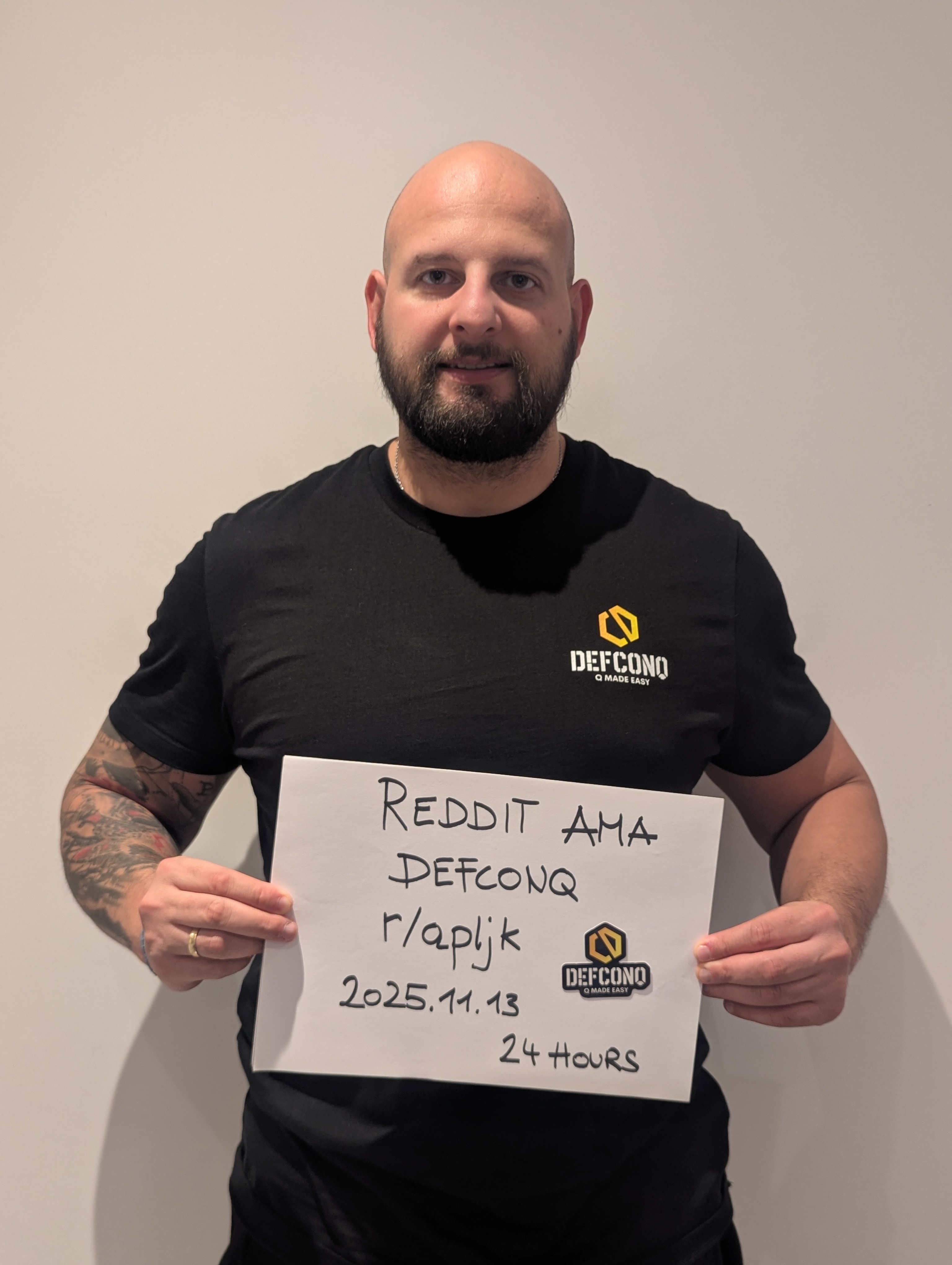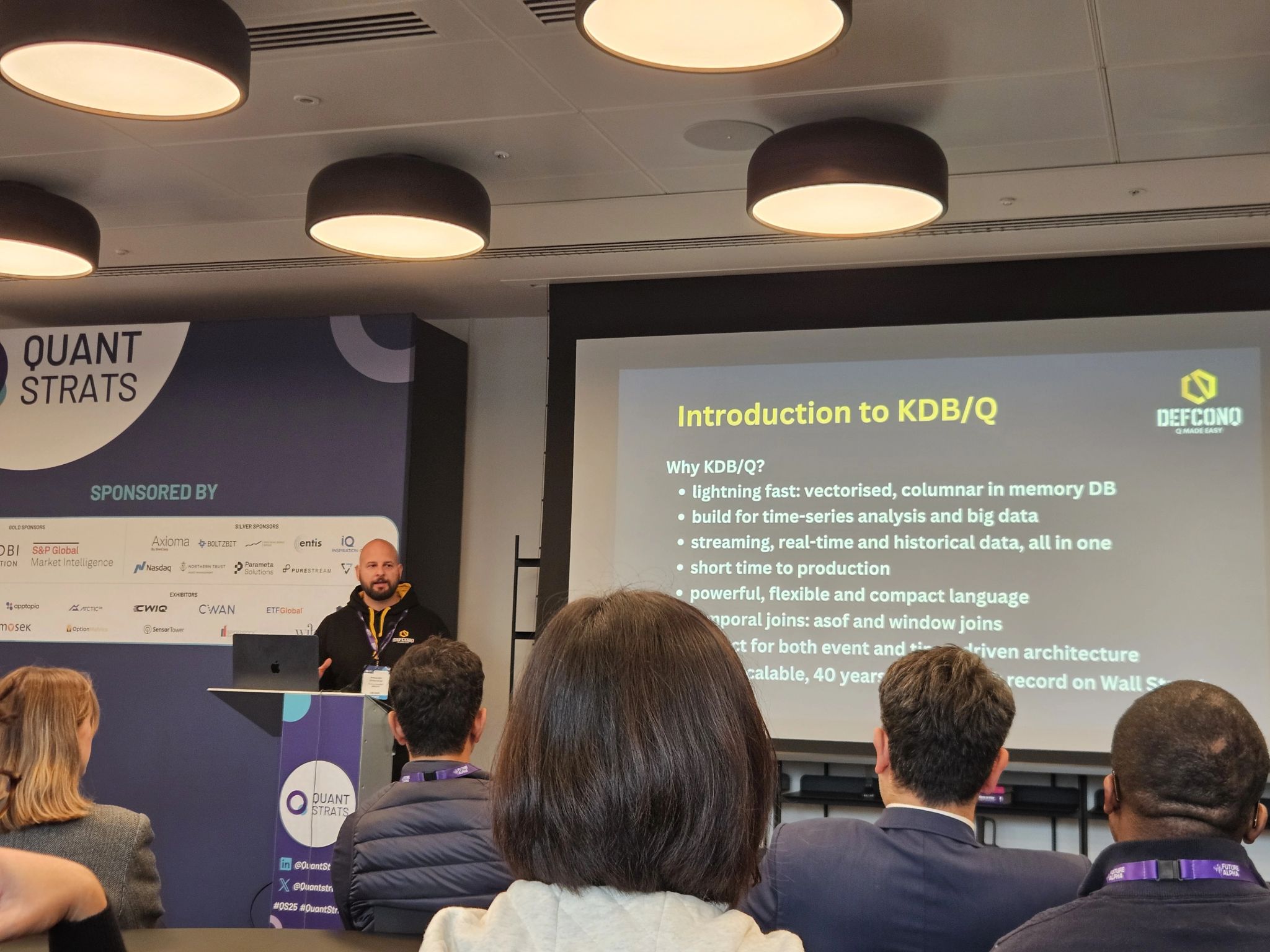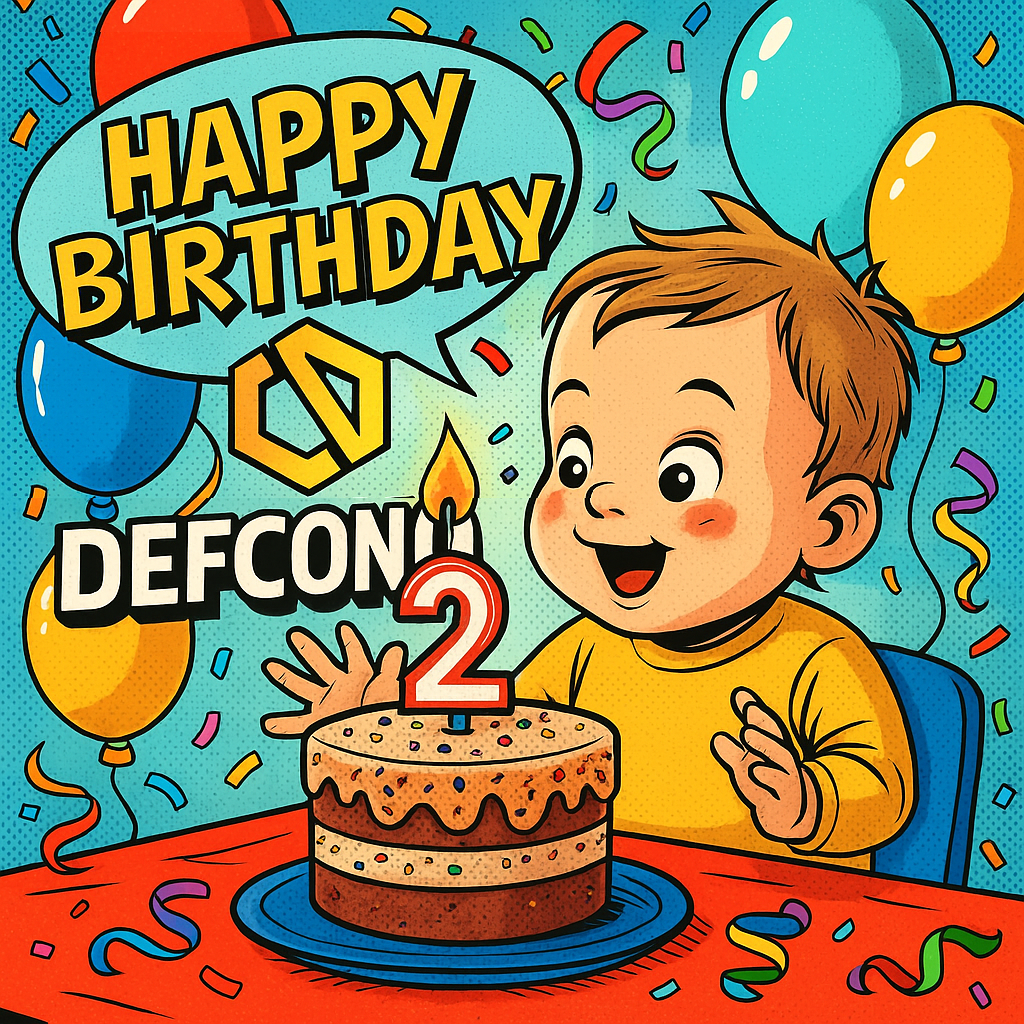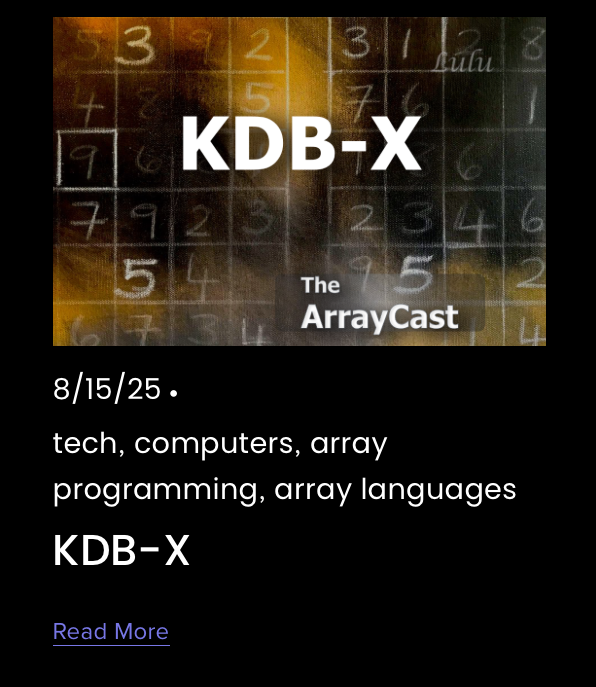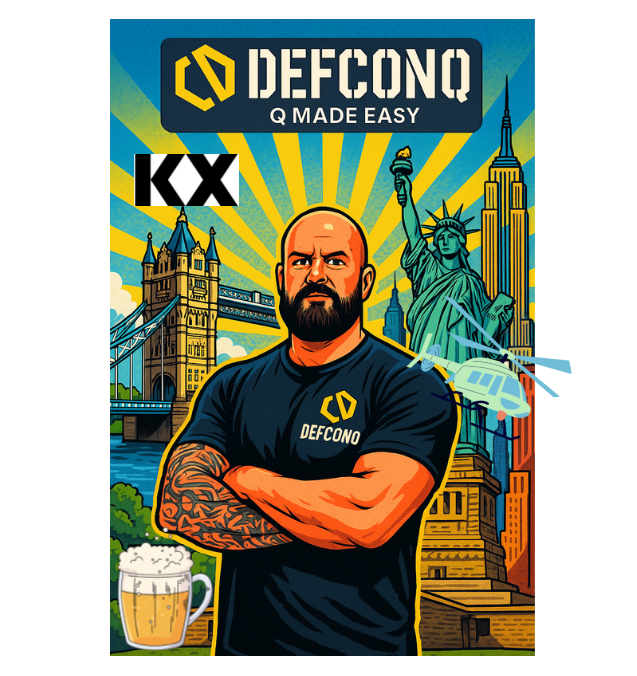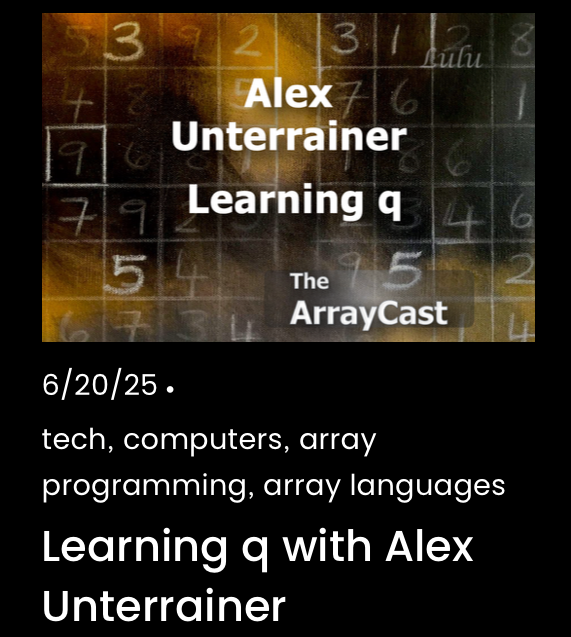DefconQ Reddit Ask Me Anything AMA
As promised, I’m hosting a Reddit AMA (Ask Me Anything) on November 13th, 2025, where I will be answering all your questions about KDB/Q, the world’s most powerful time-series database and array programming language.
Over the years, I’ve received countless messages about:
- 💡 How to start learning KDB/Q
- 🚀 Career paths and progression in the KDB/Q ecosystem
- 📚 Best learning resources and study plans
- ⚙️ Real-world applications and architecture insights
So instead of replying to everyone one by one, let’s bring it all together. The AMA will run for 24 hours, and you will be able to ask your questions completely anonymously.
Looking forward to hearing from you all!
DefconQ
You can find the link here: Reddit DefconQ AMA
